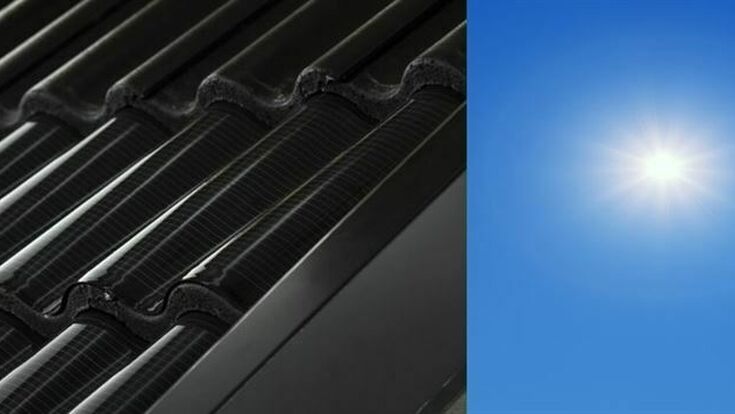PV cell recycling : Scientists found method to recycle 100% silver from solar cells

There are currently two main types of solar cells. The most widely used is silicon-based and accounts for 90 per cent of the market. The other, called thin-film solar cells, uses three main sub-technologies, one of which is known as CIGS (copper indium gallium selenide) and consists of a layer of various metals, including indium and silver. By far the most efficient of the technologies available commercially today, thin-film solar cells can be made bendable. They can also be made flexible and adaptable, which means they can be used in many different areas. However, the problem is that demand for indium and silver is high, and as production increases, so does the amount of production waste, which contains a mixture of valuable metals and hazardous substances. Therefore, being able to separate attractive metals from other substances is extremely valuable, both economically and environmentally, as they can be reused in new products.
Want to stay up-to-date on industry news? Subscribe to our newsletters!
Fewer chemicals - fewer impurities
“It is crucial to remove any contamination and recycle so that the material becomes as clean as possible again. Until now, high heat and a large amount of chemicals have been used to succeed, which is an expensive process that is also not environmentally friendly”, says Ioanna Teknetzi, PhD student at the Department of Chemistry and Chemical Engineering, who, together with Burcak Ebin and Stellan Holgersson, has published the new results in the journal Solar Energy Materials and Solar Cells.
The new research shows that a more environmentally friendly recycling process can achieve the same result.
“We took into account both purity and environmentally friendly recycling conditions and studied how to separate the metals in the thin-film solar cells in acidic solutions through a much ‘kinder’ way of using a method called leaching. We also have to use chemicals, but nowhere near as much as with previous leaching methods. To check the purity of the recovered indium and silver, we also measured the concentrations of possible impurities and saw that optimisation can reduce these”, says Ioanna Teknetzi.
The scientists have shown that it is possible to recover 100 per cent of the silver and about 85 per cent of the indium. The whole process takes place at room temperature, without any additional heat.

“It takes one day, which is slightly longer than traditional methods, but with our method, it becomes more cost-effective and better for the environment. Our hopes are that our research can be used as a reference to optimise the recycling process and pave the way for using the method on a larger scale in the future”, says Burcak Ebin.
The method
- The solar cell film is analysed for material, chemical composition, particle size and thickness. The cell is placed in a container with an acid solution at the correct temperature. Agitation is used to facilitate the dissolution of metals in the acid solution. This process is called leaching.
- The effectiveness of the leaching and the chemical reactions are assessed by analysing samples taken at different times during the leaching process. Different metals are leached at different times. In this way the process can be stopped before all the metals start to dissolve, which in turn helps to achieve greater purity.
- When the leaching is complete, the desired metals are in solution as ions and can be easily purified to be reused in the production of new solar cells.
